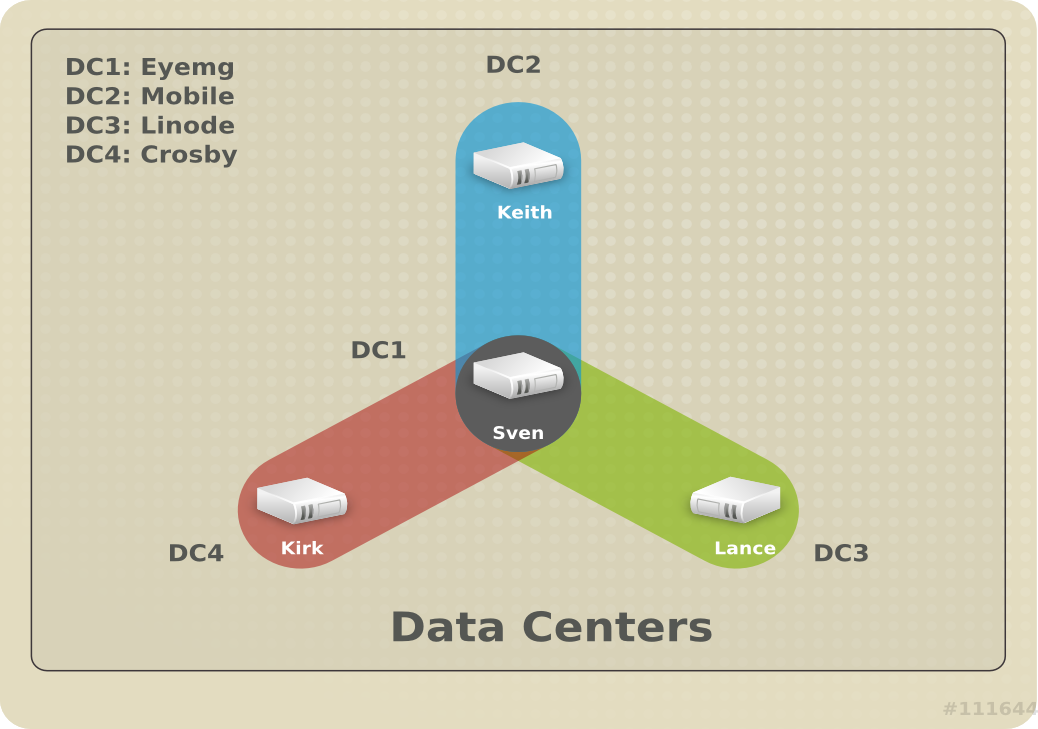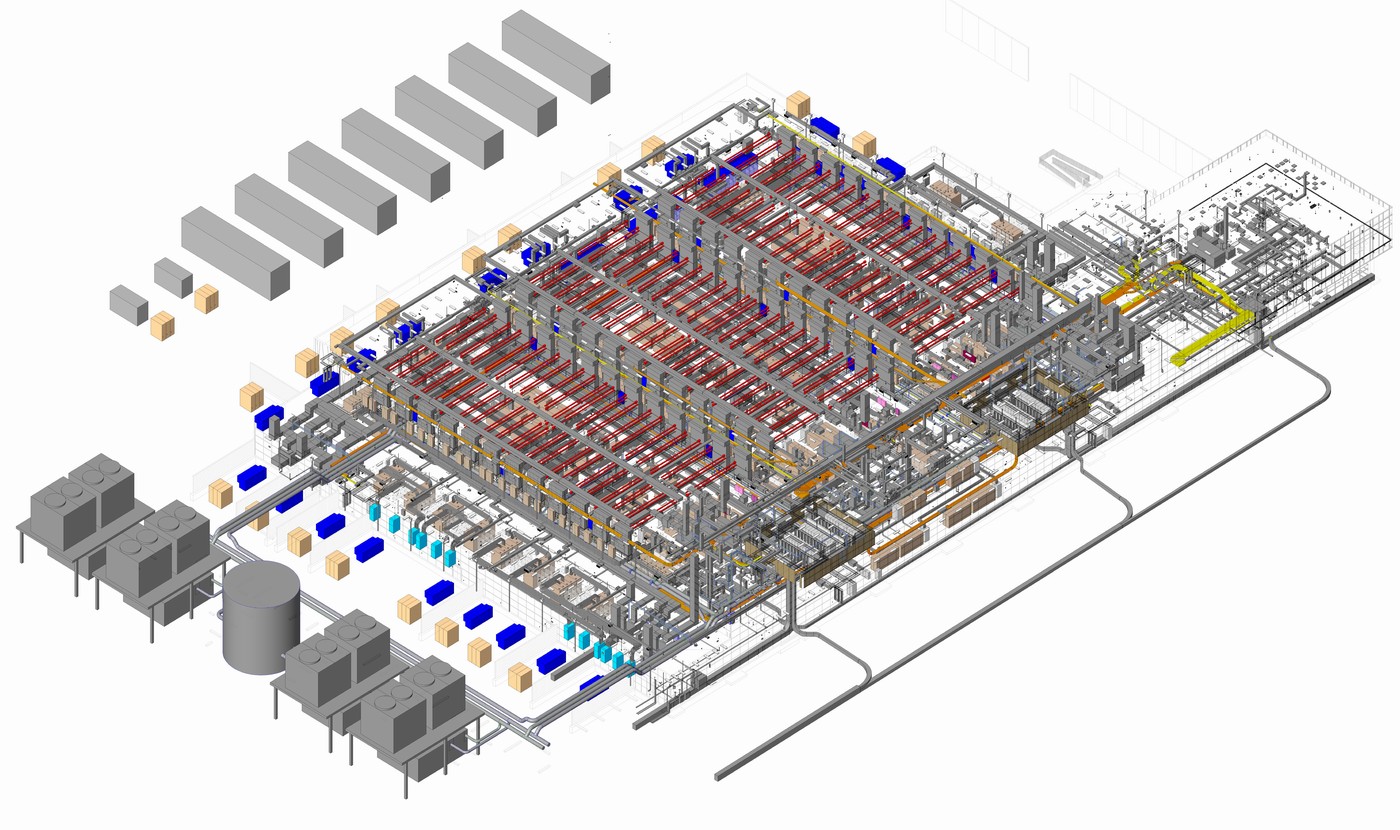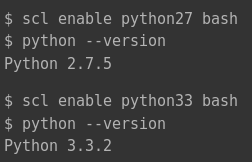Background Last week, I was in Westford, MA for an engineering meeting. I was chatting with one of our Base Runtime engineers Petr Sabata, and an interesting subject came up. He joked, “I understand containers, I know how to use them, but I still haven’t converted any of *my* services to containers.” This got me
Continue Reading “Documenting the Experience: Moving Crunchtools to Containers/OpenShift: Part 1”







